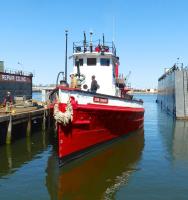
Photo: Will Van Dorp
Yesterday, we posted about the arrival of the World War II Destroyer Escort USS Slater at Caddell Dry Dock. The day before, the historic fireboat, John J. Harvey, left Caddell to return to her Hudson River dock after a month of refurbishment. The fireboat built in 1931, was drydocked, repaired, painted and had two new stacks installed. She’s looking good.
Our referrence to her as “an American treasure” is more than just metaphor. The John J. Harvey has been awarded the prestigious Federal Save America’s Treasures Grant. This grant will provide matching funds of $165,955, provided that the organization can raise an equal sum by the end of the year. So far $142,000 toward the total Save America’s Treasures matching grant has been raised. If you can help to put them over the top, please donate here.

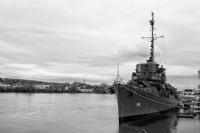
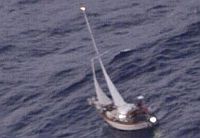
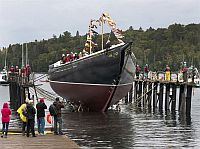
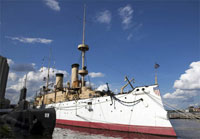 After a three year bidding process to attempt to find a new home for the
After a three year bidding process to attempt to find a new home for the 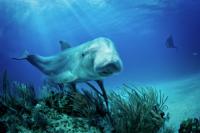
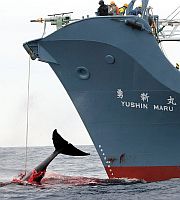 Great news. The UN’s highest court has ruled against Japanese Antarctic whaling. The Japanese have notionally supported the
Great news. The UN’s highest court has ruled against Japanese Antarctic whaling. The Japanese have notionally supported the
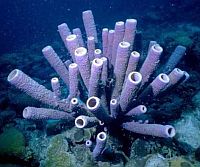 All terrestrial life came from the sea, but how did life develop in the ocean?
All terrestrial life came from the sea, but how did life develop in the ocean?  Sarah Kirby went on a five night Caribbean cruise on the
Sarah Kirby went on a five night Caribbean cruise on the 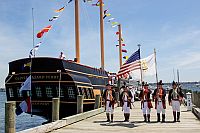

 It appears that the British satellite firm, Inmarsat, combined high tech analysis with very basic navigation to estimate the flight path of MH370, after all other other searchers had failed to find the plane.
It appears that the British satellite firm, Inmarsat, combined high tech analysis with very basic navigation to estimate the flight path of MH370, after all other other searchers had failed to find the plane. 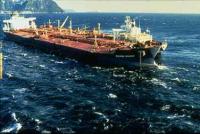 On March 24, 1989, the 210,000 dwt crude oil tanker
On March 24, 1989, the 210,000 dwt crude oil tanker 
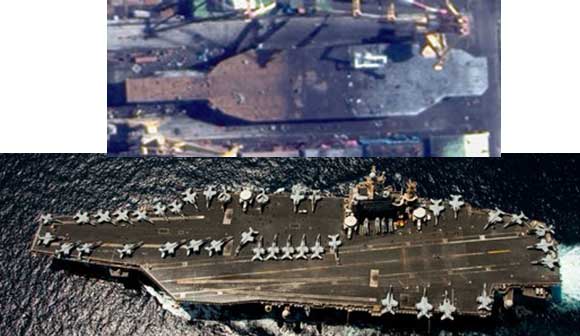
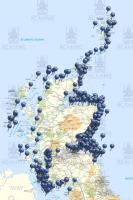 The
The